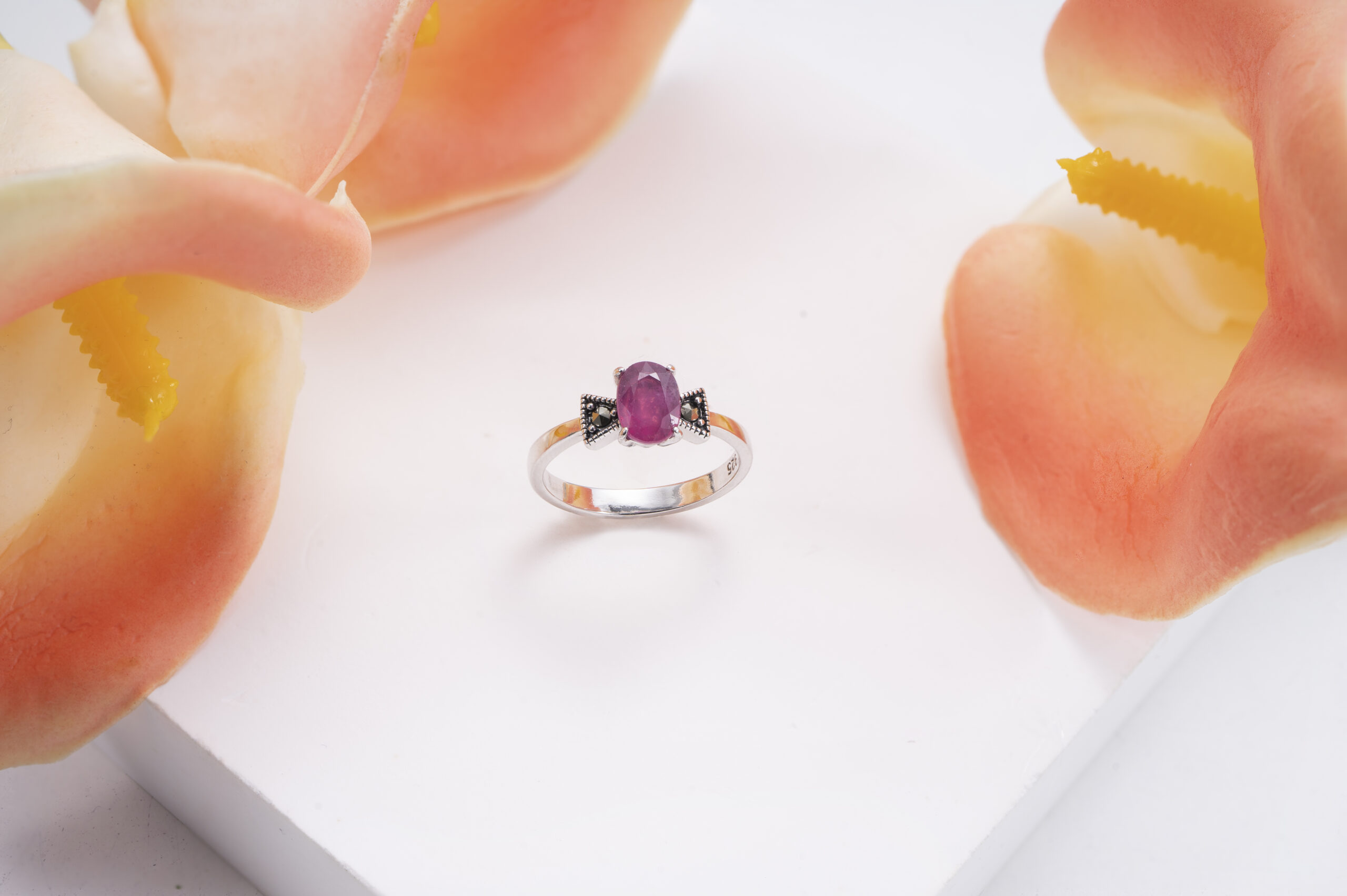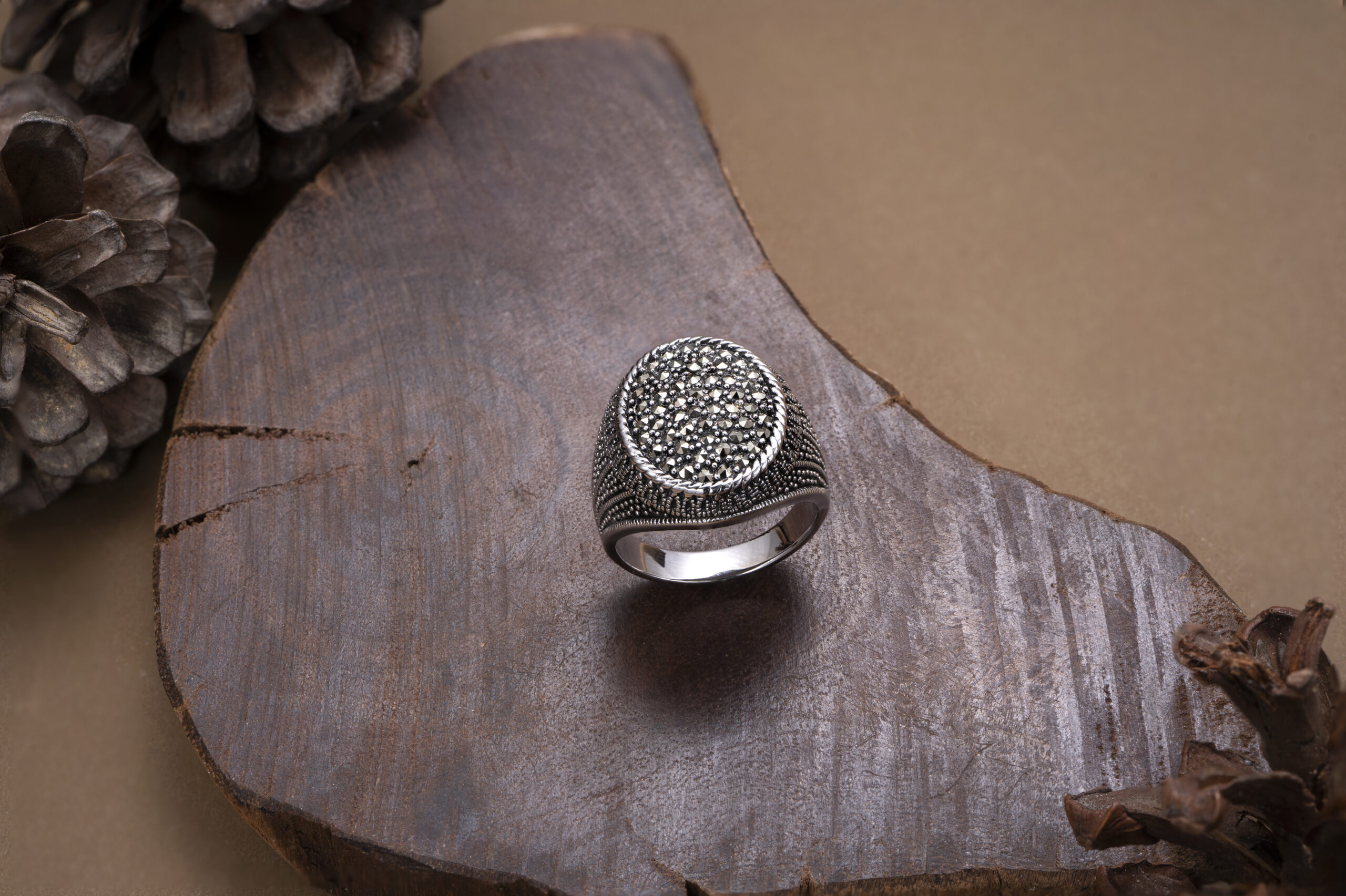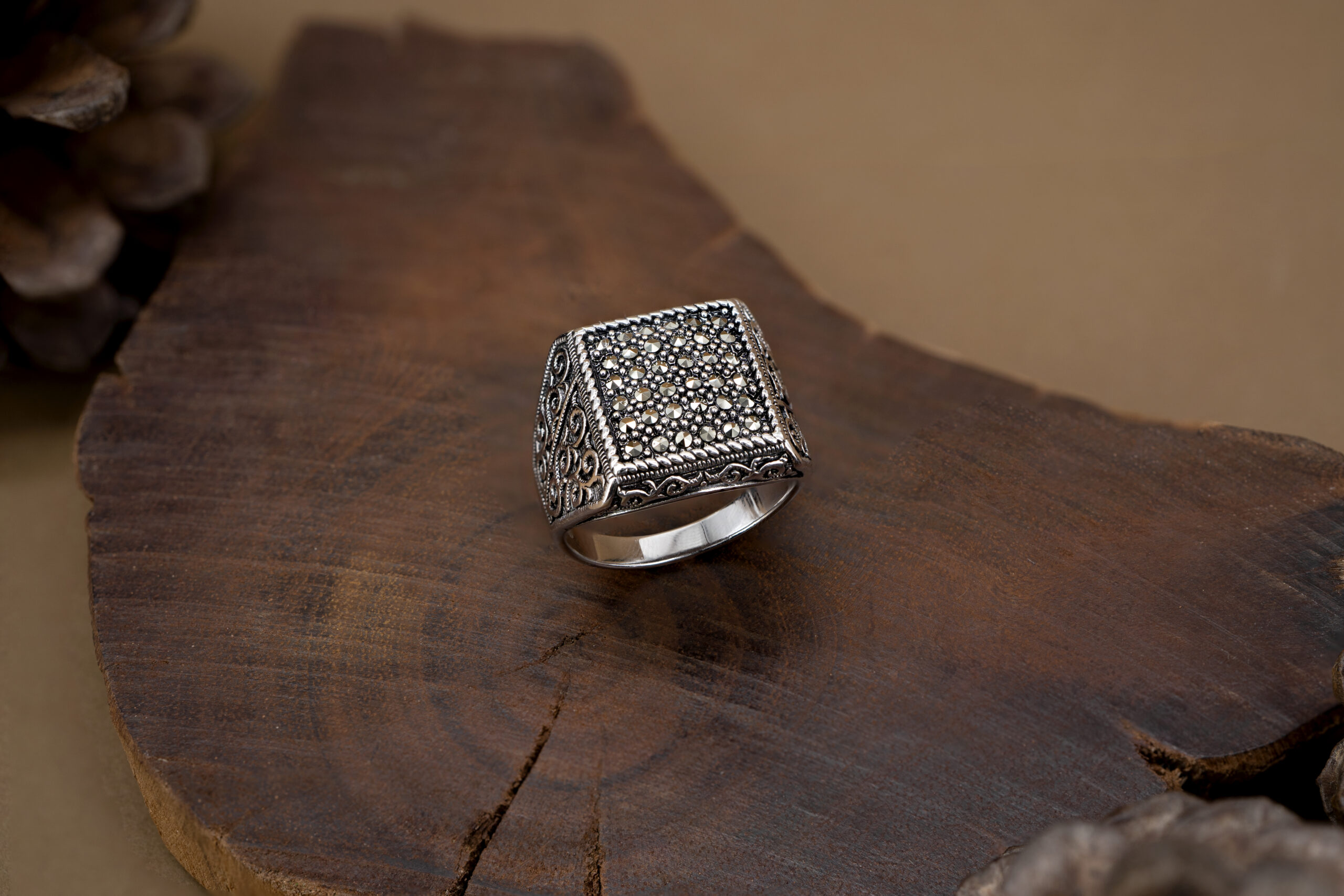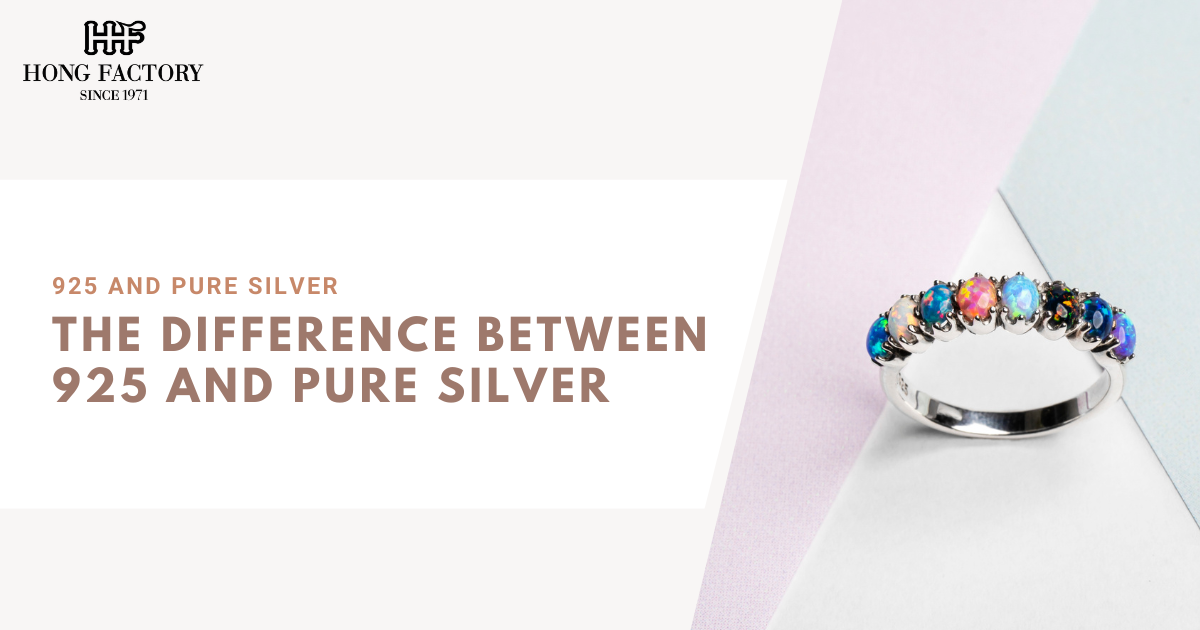
Silver has always been a favorite in the world of jewelry and decorative arts, but not all silver is created equal. When shopping for jewelry or silver products, you may come across terms like “925 silver” and “pure silver.” Understanding the difference between these two can help you make informed decisions and appreciate the value of each type.
What Is Pure Silver?
Pure silver, also known as fine silver, contains 99.9% silver with a tiny 0.1% of trace elements. It is the most unadulterated form of silver available and is highly lustrous, soft, and malleable. This softness, however, makes it less suitable for most types of jewelry, especially pieces meant for everyday wear.
Pure silver is commonly used in:
- Silver bars and bullion
- Collector coins
- Some high-end decorative pieces
Because of its softness, pure silver items can scratch, dent, or bend easily. This limits its practical use in jewelry, which is why most silver jewelry uses an alloy known as 925 silver.
925 and Pure Silver: Understanding the Difference
What Is 925 Silver?
925 silver, commonly referred to as sterling silver, is an alloy made up of 92.5% pure silver and 7.5% other metals, typically copper. The added metals enhance the durability and strength of the silver, making it suitable for crafting rings, necklaces, bracelets, and other wearable items.
Key Differences
Silver Content: 925 silver contains 92.5% silver, while pure silver has 99.9%.
Durability: Sterling silver is stronger and better suited for daily wear. Pure silver, being softer, is more prone to scratches and bends.
Common Use: 925 silver is used for most jewelry, utensils, and decor. Pure silver is reserved for bullion, coins, and certain collectibles.
Tarnish Resistance: Pure silver may resist tarnish slightly better, but both types require care.
Markings: Sterling silver is stamped “925,” while pure silver is often marked “999.”

Why 925 Silver Is Ideal for Jewelry
The slight addition of other metals in 925 silver makes it significantly stronger than pure silver, without compromising its appearance. This alloy can withstand everyday activities, making it an ideal choice for rings, earrings, bracelets, and necklaces.
925 silver also allows for more intricate designs because it holds its shape better than pure silver. It offers the same brilliant shine and elegance, but with added longevity and resilience.
How to Tell the Difference
When purchasing silver jewelry or items, it helps to know how to distinguish between 925 and pure silver:
- Look for a Hallmark: 925 silver will often be stamped with “925,” while pure silver will be marked “999.”
- Check the Weight and Feel: Pure silver is heavier and softer.
- Observe Tarnish Patterns: While both can tarnish, sterling silver may show discoloration a bit faster due to the copper content.
If in doubt, consult a reputable jeweler or request documentation for authenticity.
925 Stamp on Jewelry: What It Tells You
The “925” stamp on jewelry is an important indicator of quality and authenticity. It tells you that the piece is made of sterling silver, an alloy containing 92.5% pure silver and 7.5% other metals. This mark assures you that the item meets international standards for sterling silver and is not simply silver-plated or made from a lower-quality alloy.
Recognizing the 925 stamp helps avoid counterfeits and ensures long-term value. It also gives you confidence that your jewelry is durable enough for regular wear, while maintaining the classic luster and beauty that silver is known for.

Caring for Both Types
Regardless of whether you own 925 or pure silver, maintenance is essential:
- Store silver items in a dry, airtight place
- Use anti-tarnish cloths or pouches
- Clean regularly with a gentle silver cleaner or polishing cloth
- Avoid contact with harsh chemicals like bleach, perfumes, and chlorinated water
Proper care will keep both types looking their best for years.
Understanding the difference between 925 and pure silver helps you make smarter buying decisions and gives you more appreciation for the craftsmanship in your jewelry. While pure silver is valued for its purity and brilliance, 925 silver is beloved for its balance of beauty and practicality.
Whether you’re a jewelry enthusiast or a first-time buyer, knowing the strengths and limitations of each type ensures you get the most from your silver investment. Choose wisely based on your needs and enjoy the timeless elegance that silver brings.
